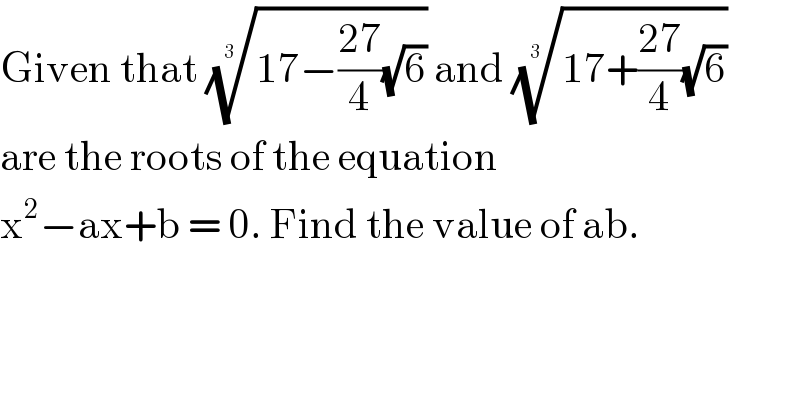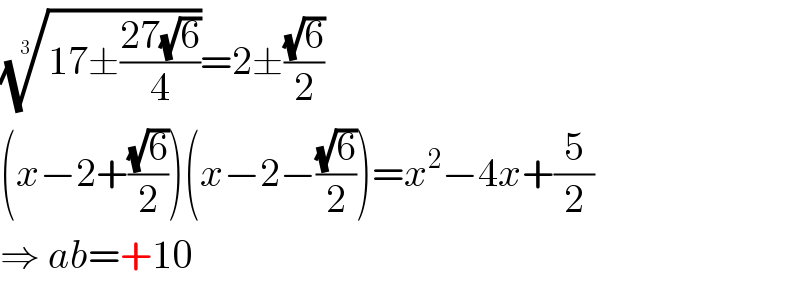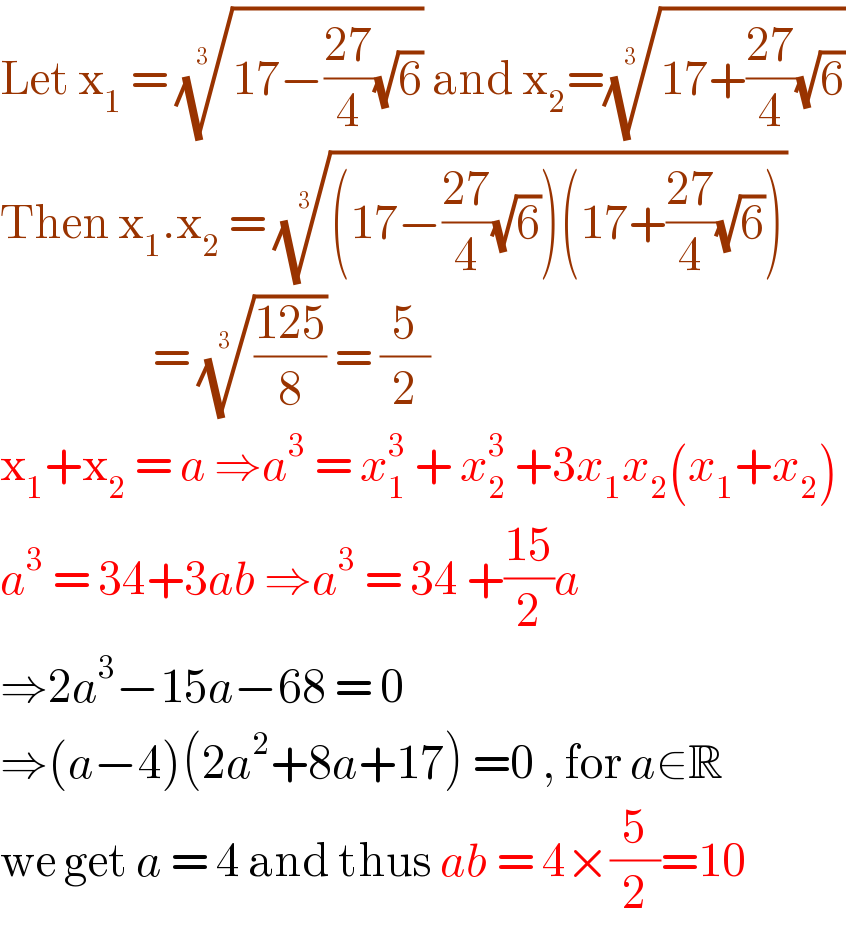
Question and Answers Forum
Question Number 116358 by bemath last updated on 03/Oct/20

Answered by MJS_new last updated on 03/Oct/20

Commented by bemath last updated on 03/Oct/20

Commented by MJS_new last updated on 03/Oct/20

Commented by bobhans last updated on 03/Oct/20

Answered by bobhans last updated on 03/Oct/20

